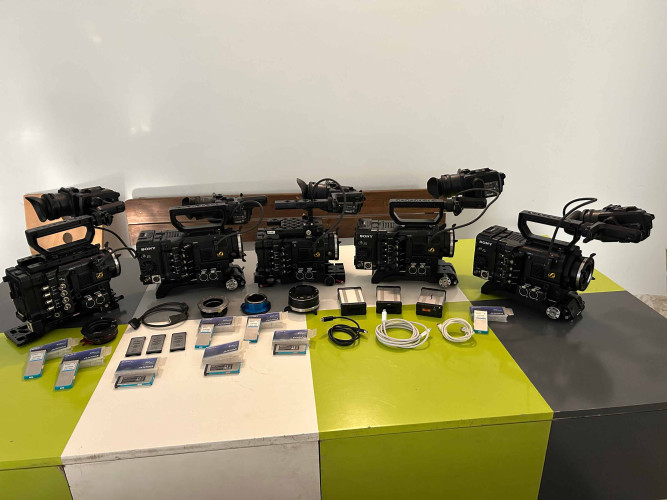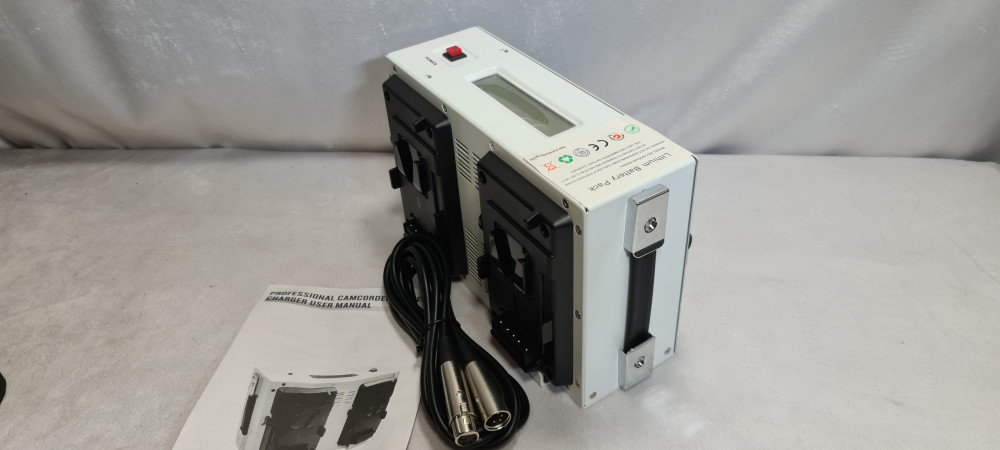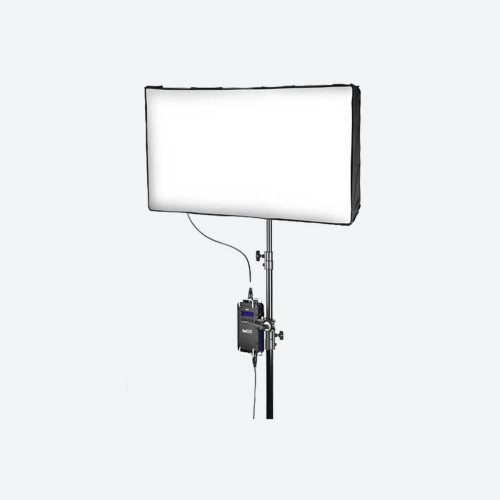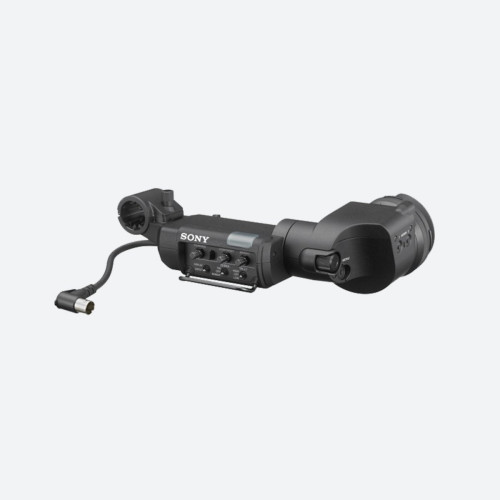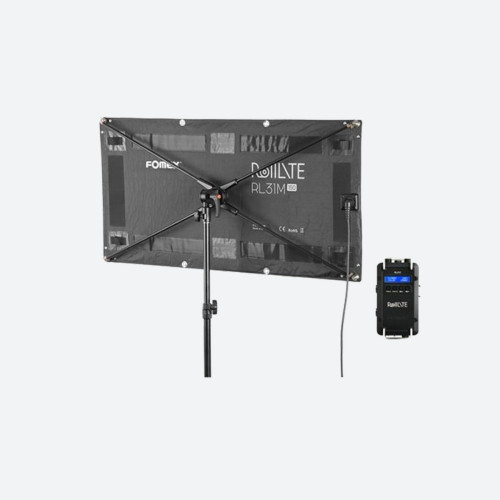by Joerg Rockstroh Issue 93 - September 2014
Is DVB-S2X a feature set on top of DVB-S2 or a complete new signal form?
DVB-S2X is an extension of the DVB-S2 specifi cation that formalizes existing features (e.g., smaller roll-offs) in addition to introducing completely new features (e.g., higher MODCODs). This enables operators to achieve substantial effi ciency gains exceeding the results offered by proprietary systems on the market today.
One of the key enhancements of DVBS2X is a fi ner granularity in MODCODs, allowing operators to achieve the highest resolution for optimal modulation in all circumstances. In addition, the DVB-S2X standard separates linear and nonlinear MODCODs, allowing operators to achieve better effi ciency levels.
DVB-S2X also offers higher modulation schemes. Modulations with 64, 128, and 256 constellation points will be introduced to serve links with Es/ N0 of 15 dB and above. This allows operators to support professional applications with improved link budgets, which will become important as they deploy bigger antennas.
Greater wideband support is another benefi t offered by DVB-S2X. The wideband implementation in DVBS2X typically addresses satellite transponders with bandwidths from 72 MHz (e.g., C-band) up to several hundred MHz (e.g., Ka-band, HTS).
The conclusion is that this is a complete new satellite transmission standard.
Where did the motivation to work on a successor to DVB-S2 come from?
Technology is constantly evolving, so it was only natural that the advanced features of DVB-S2 were driven to their edge. With that being said, DVB procedures require a strong commercial objective for the defi nition of a new standard. Although the motivation of working on a successor to DVB-S2 came from the professional market, the direct-tohome representatives are infl uencing the direction of the new standard since the commercial market is much bigger. On the other hand, DVB-S2 became successful because of the overlap between commercial and professional applications, encouraging everyone to rely on a common standard in order to provide a solution that was both powerful and cost-effective.
The industry benefi ts from following a common standard as opposed to individual proprietary systems. WORK Microwave completely supports the DVB standardization process, and believes it’s in the best interest of the market to develop nonproprietary solutions. We will continue to follow the latest market demands and aggressively invest in R&D so that we can meet our customers’ most pressing needs.
WORK Microwave has been involved in the standardization process as a member of the DVB Project and is an active contributor to the development of this new standard.
How will DVB-S2X benefit (be applied to) the market?
The market introduction of DVB-S2X for the broadcast market will very much depend on the broadcasters themselves, whether they choose to roll out DVB-S2X together with H.265 and UHDTV, which requires new set-top box-chipsets. Although the effi ciency gain for broadcast is limited in terms of pure throughput, there are some advantages of DVB-S2X, such as channel bonding and lower roll-offs, which allow a more fl exible usage of transponder capacity. However, in the end it is probably more a commercial and marketing decision.
For professional links in closed systems like high-speed networks or contribution, the throughput gain is much more directly available, especially with ACM. Since the transition to DVB-S2X is often be done per system, it is much more of a continuous process and less complicated than changes in big broadcast scenarios. There is no doubt that we will see DVB-S2X soon in the professional environment.
What was WORK Microwave’s goal when introducing DVBS2X?
Our goal with introducing DVBS2X equipment was to implement the new features with ease of use for nontechnical users. With higher complexity, it becomes more challenging to make devices that are easy to operate. At WORK Microwave, we design technology that isn’t just for experts and scientists. Our solutions include powerful features and technologies that can be operated just as easily by experts as they can by less experienced users.
In addition, WORK Microwave only implements DVB-S2X extensions that we think are suitable for real-life applications and provide advantages to users. As more information about DVB-S2X becomes available, it’s important that vendors not exaggerate any of the benefi ts (e.g., percentage gains). Our goal is to be honest with the end-user so that they have a clear expectation of what to anticipate when purchasing DVB-S2X equipment.




